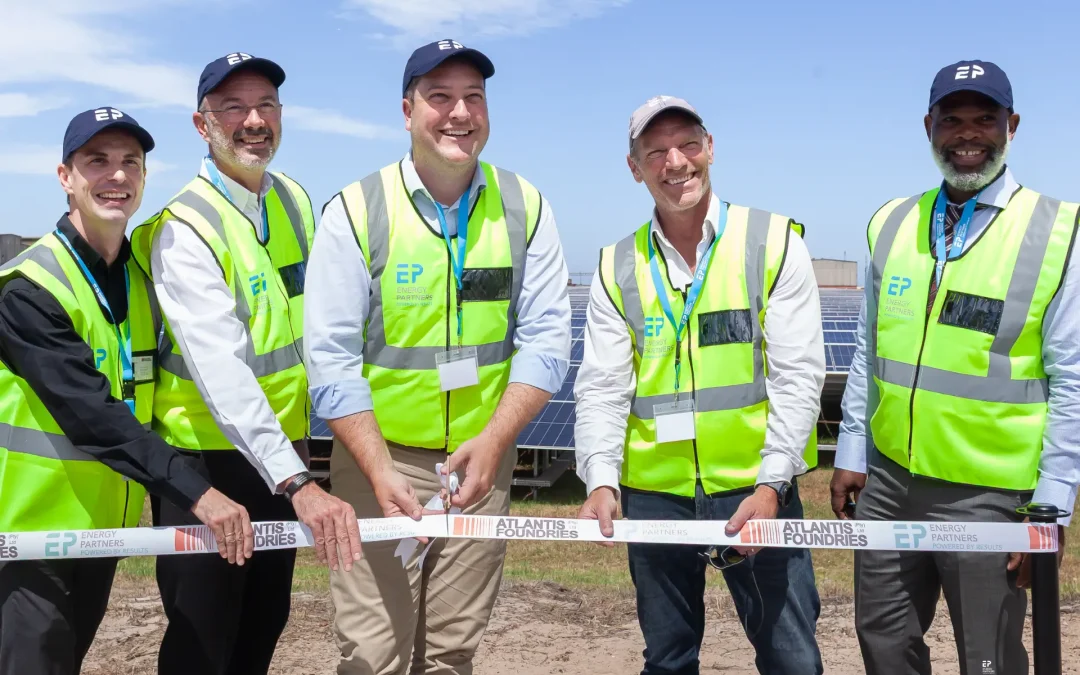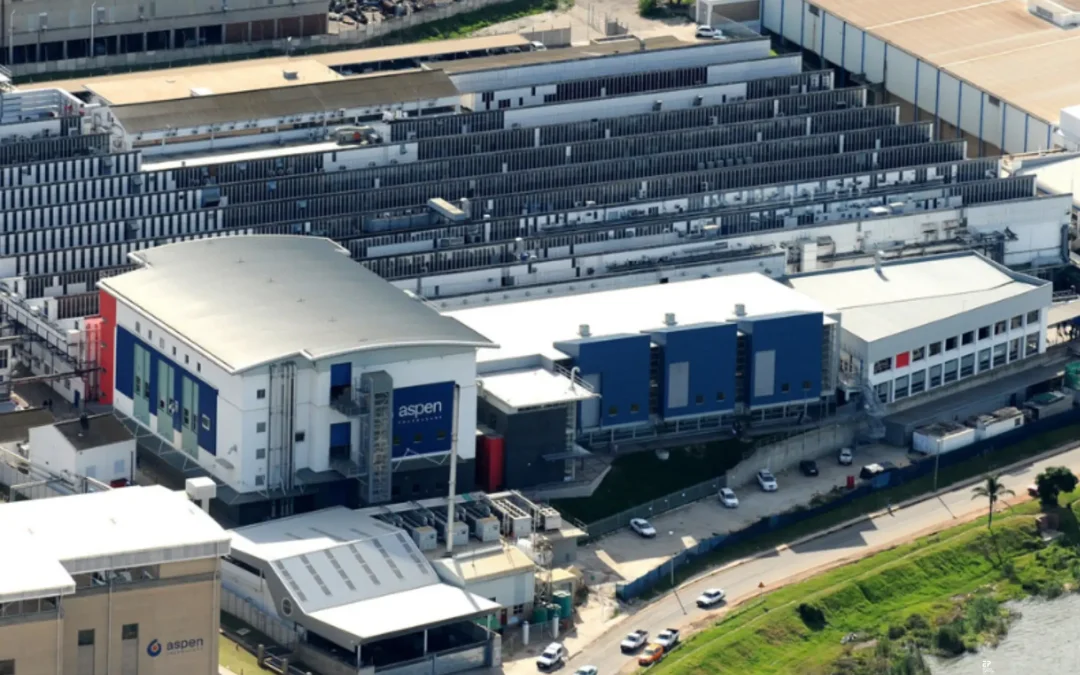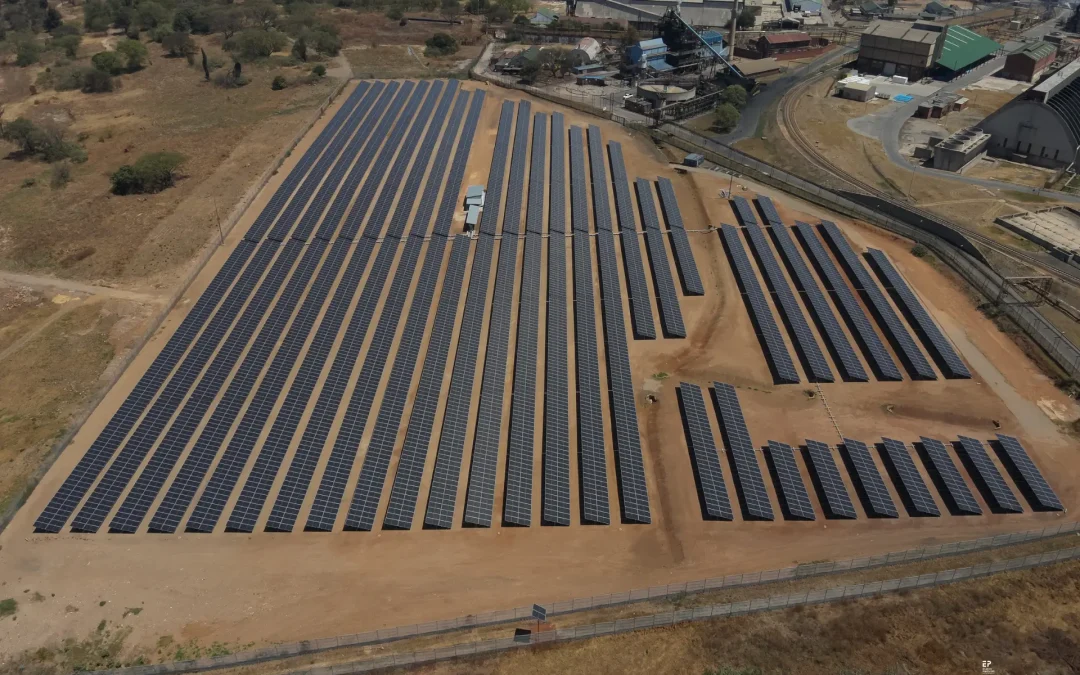In the developed world, the average consumer may not be aware that the domestic refrigerator is only the final link in a long continuum that begins on the farm and ends on the table. These two end points are connected by a coordinated series of actions and technologies designed to maintain the temperature of perishable products at the optimal level needed to preserve food for consumption. This ‘cold chain,’ is the invisible network behind the food system and in Africa, its efficiency has a direct impact on food security.
According to the Rockefeller Foundation, half of the staple food on the African continent is lost in the post-harvest stage or before it reaches the market.[i] The World Resources Institute estimates that in sub-Saharan Africa alone, 37% of food is wasted, which amounts to between 120kg and 170kg per year, per capita.[ii] At the root of the problem is a lack of cold storage infrastructure and cold chain inefficiencies.
Food loss and wastage have far-reaching effects on communities and the economy. These issues can be tied to loss of revenue for farmers and more broadly, the wastage of water, fertilisers, energy and land. Furthermore, in light of the fact that as per recent estimates, one in every five Africans face hunger,[iii] solving the cold storage conundrum is a continental imperative.
The answer could lie in servitisation – and more specifically, Cooling-as-a-Service (CaaS).
A new approach to cooling efficiency
Up until fairly recently, food producers and manufacturers typically owned, operated and maintained their own cooling systems. This required a significant capital investment as well as a cost burden that includes repairs, upgrades and utility costs.
For many African stakeholders along the agricultural value chain, the cost of this investment has been largely unaffordable – a reality that has resulted in a heavy reliance on wholly inefficient and inadequate refrigeration technologies. CaaS has the ability to address this critical issue, while supporting sustainable development and offering African food producers unprecedented scalability.
Cooling as a Service (CaaS) is a relatively new business model in the field of cooling and air conditioning. In essence, it represents a shift away from traditional methods of owning and maintaining cooling systems, towards a pay-per-service system. Instead of purchasing cooling equipment outright, manufacturers ‘subscribe’ to a service that provides them with refrigeration solutions.
The CaaS partner takes responsibility for owning, operating and maintaining the system, meaning that equipment longevity, repairability, and recyclability falls within the remit of the service provider. The manufacturer then pays the CaaS partner a fixed fee per unit of service.
There are a myriad of benefits to be derived from this service model, including the freeing up of capital, the reduction of operational expenses and less vulnerability to cost fluctuations. Furthermore, CaaS removes the barriers to cleaner, more efficient cooling technology, providing easy access to cooling for users in the cold chain, while also providing visibility on cooling performance through the measurement, verification and tracking of system efficiencies.
CaaS and sustainability: a snapshot of the regulatory environment
Apart from the material benefits of CaaS, the model also has the ability to address the need for Africa to decarbonise. The two largest contributing factors to harmful greenhouse gas emissions from air-conditioning and refrigeration systems are indirect carbon dioxide emissions as a by-product of operation, and the leakage of hydrochlorofluorocarbons (HFCs) into the atmosphere.
On the whole therefore, inefficient cold chain technology can result in excessive energy consumption, increasing its carbon footprint and contributing to environmental degradation.
A concerted and collective, global effort to phase down HFCs has led to the ratification of agreements like The Kigali Amendment to the Montreal Protocol. Under the agreement, 152 states committed to gradually reduce the consumption and production of HFCs.
Part of this commitment involves optimising and enhancing the environmental efficiency of heating, ventilation, air-conditioning and refrigeration (HVAC&R) systems in the transition from HFCs to natural refrigerants and alternative technologies.
However, while this commitment has a sound theoretical grounding, in practice, many users of cooling technology do not have the resources and expertise to diagnose, measure and track inefficiencies and leakages in their HVAC&R systems. Recognising this, African leaders have; by and large, signalled their readiness to craft policies and frameworks that will facilitate new approaches to cleaner cooling technology in the long term.
For example, the SADC Centre for Renewable Energy and Energy Efficiency (SACREEE), a member of the CaaS Alliance, launched the Industrial Efficiency Program (SIEEP) to provide seed funding and training for bankers and project developers to promote market adoption of CaaS.
21 African countries (Burkina Faso, Cameroon, Cabo Verde, Gabon, Gambia, Ghana, Kenya, Lesotho, Malawi, Mauritania, Mauritius, Mozambique, Nigeria, Rwanda, Seychelles, South Africa, South Sudan, Tanzania, Togo, Uganda, and Zambia) are participating in SIEEP to better prioritise their energy demand planning and infrastructure development so that it speaks to their national determined contributions (NDCs) as well as their self-defined national pledges detailing their contributions towards the global warming threshold of 1.5°C.
African CaaS success stories
CaaS is currently being adopted throughout the continent, mushrooming in countries like Kenya, Nigeria, Rwanda and South Africa as an effective mechanism to provide access to efficient cooling at scale.
Cold-hubs in Nigeria provide solar-powered walk-in cold stores for off-grid storage and the preservation of produce for small-scale farmers. Using these modular cold rooms, the shelf life of perishable produce has been extended from two days to 21 days, directly impacting food wastage in Nigeria’s rural farming community.
In Kenya, award-winning social enterprise and CaaS provider, SokoFresh, has succeeded in reducing post-harvest losses for their customers from 40% to 2%, and is actively engaging more than 7,500 smallholding farmers to date.
Likewise, Energy Partners in South Africa has targeted the commercial and industrial sectors, unlocking access to CaaS for large-scale producers and manufacturers. Its growing customer base includes one of the country’s largest dairy producers, achieving increased energy efficiency of up to 40%, which will avoid the emission of 6,000 tons of greenhouse gas emissions per year.
As these examples illustrate, CaaS can enable Africa to become the author of its own energy destiny.
South African: a case in progress
In South Africa, cold storage infrastructure is much further developed than most other sub-Saharan countries, providing 10 cubic metres of cold storage space for every thousand urban residents2. This helps to curtail food wastage by approximately 3% to 4% below the continent’s average.
But a larger cold storage footprint does not necessarily translate into improved efficiency. The Coefficient of Performance (CoP) is a ratio of the heat removed from a cold space divided by the energy required (electricity) to do so. This measure is an indicator of how efficiently a refrigeration system utilises electrical energy to provide cooling.
Without active management, the CoP of most systems degrades over time. Poor maintenance and incorrect control settings contribute to a 4% to 5% degradation per year over a system’s 15- to 20-year lifespan. Ultimately, this means that by the end of their lifespan, most systems use 30% to 40% more electricity than they should. The impact of this is colossal when aggregated over South Africa’s large cold storage infrastructure.
Although South Africa’s National Cooling Plan, a multi-stakeholder effort by national departments, state agencies, industry and academia, recommends servitisation as an agent for change, much still needs to be done to operationalise the recommendations. This highlights the importance of initiatives like SIEEP to harness the collective commitment of sub-Saharan leaders.
Long-term success depends on scalability
Success stories aside, the true impact of CaaS is locked up in its ability to be deployed at scale. The role played by financial institutions, development finance institutions and policymakers is essential in stimulating the marketing and encouraging greater adoption.
For efficient cooling to meet the growing demand in agriculture and food processing, health services and human comfort, a new way of thinking, funding, constructing and delivering energy for Africa and its people will become increasingly important. At scale, CaaS presents promising prospects for Africa’s cold chain; and by extension, the future of food security on the continent.





